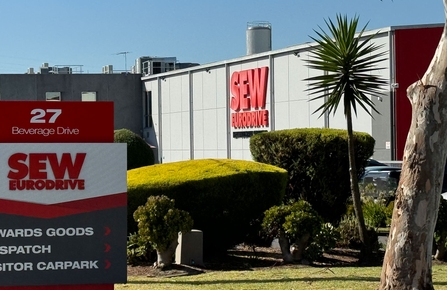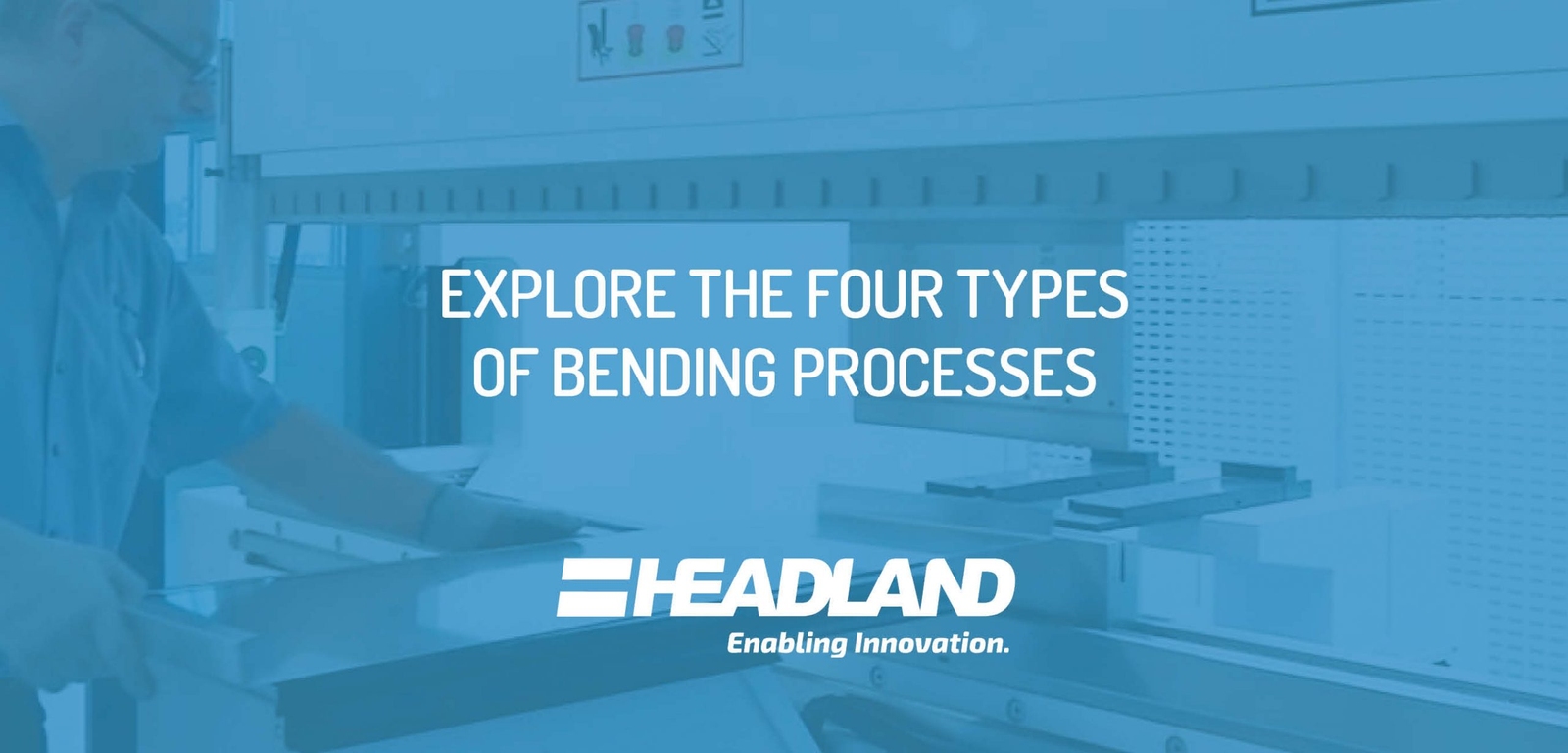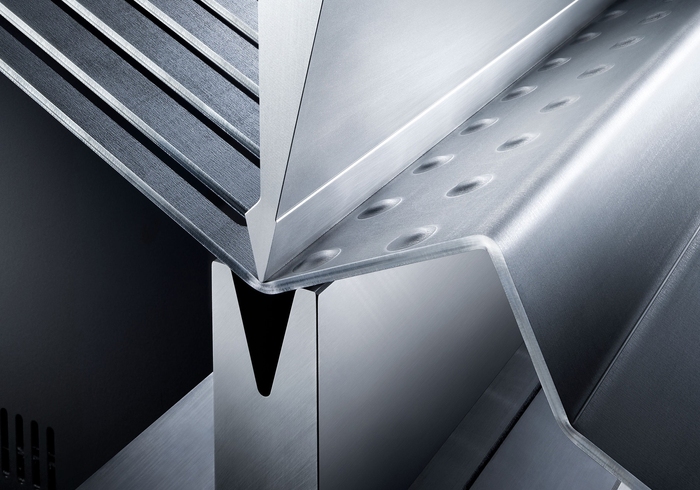The production of the majority of bending parts use the following four bending processes. They all work in a similar manner. The punch presses your workpiece into the lower tool of the die. TRUMPF press brakes are bending machines that perform these procedures.
Air bending processes
The punch presses your workpiece into the die. It presses without pressing it against the walls. While the punch moves down, the sides of your workpiece bend up. This creates the angle. The deeper the punch presses your workpiece into the die, the more acute the angle. There is a clearance between the punch and the die. Air bending is a path-dependent process. Each angle needs a defined path. Your machine control calculates this path as well as appropriate press force. The path and press force depend on your tools as well as your material and product properties. (For instance, angle, length, etc.)
Bottom bending processes
The punch presses your workpiece into the die completely. This is so there is no clearance between the die, workpiece, and punch (a form lock). The punch and die needs to fit into each other with precision. So, you need a separate toolset for each angle and form. When you finish pressing your workpiece in, the punch cannot move further down. Your machine control increases the press force until it reaches the predefined value. This increases the pressure on your workpiece, which then adopts the shape of the punch and die. The angle stabilises under the high pressure. This is to get rid of springback as much as possible.
Folding and hemming processes
Folding is path-dependent, whereas hemming is force-dependent. You will notice that sheet edges are often bent over completely. One example is a box’s edges. Sides are parallel to each other to ensure the finished part is stable enough or to protect the edge. Folds are there so another part can hook into them. Your operator pre-bends the angle of 30°. They reinsert your workpiece and press the angle shut. This method is ‘folding,’ if there is a gap between the sides. Pressing the sides together is ‘hemming.’
Panel bending processes
The bending frame in your machine consists of a C profile. The lower and upper bending tool is on the C profile. When you finish bending the sheet metal, the C profile moves up or down. It performs a small elliptical movement (the swivel). Panel benders are semi-automatic, quick and flexible, especially with small quantities. You can also bend different radii sizes on a component with the same tool.



